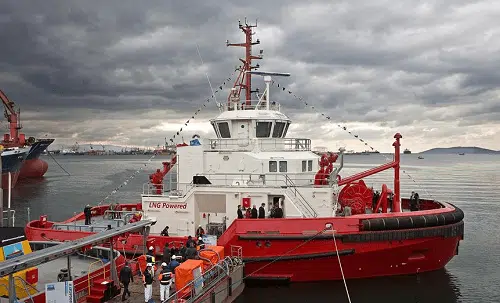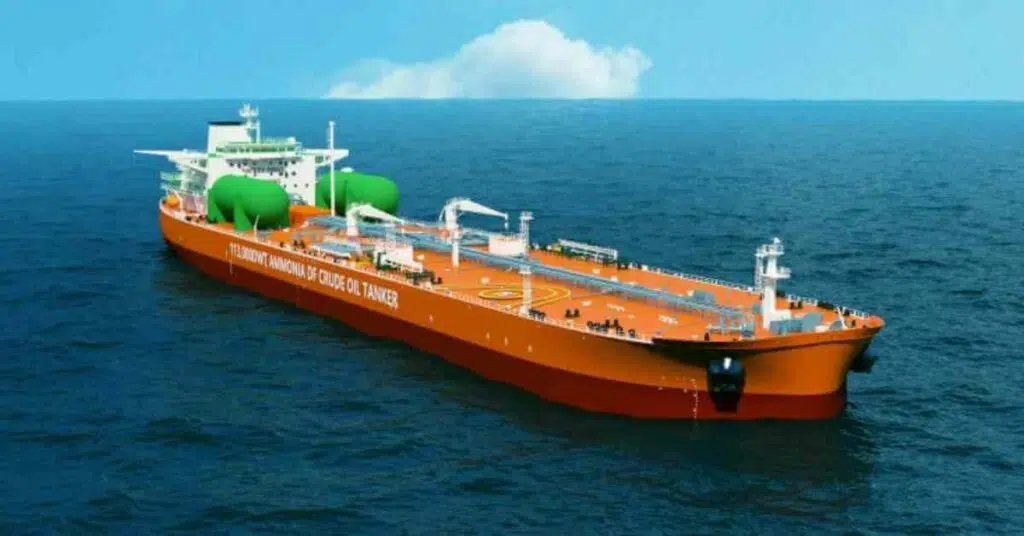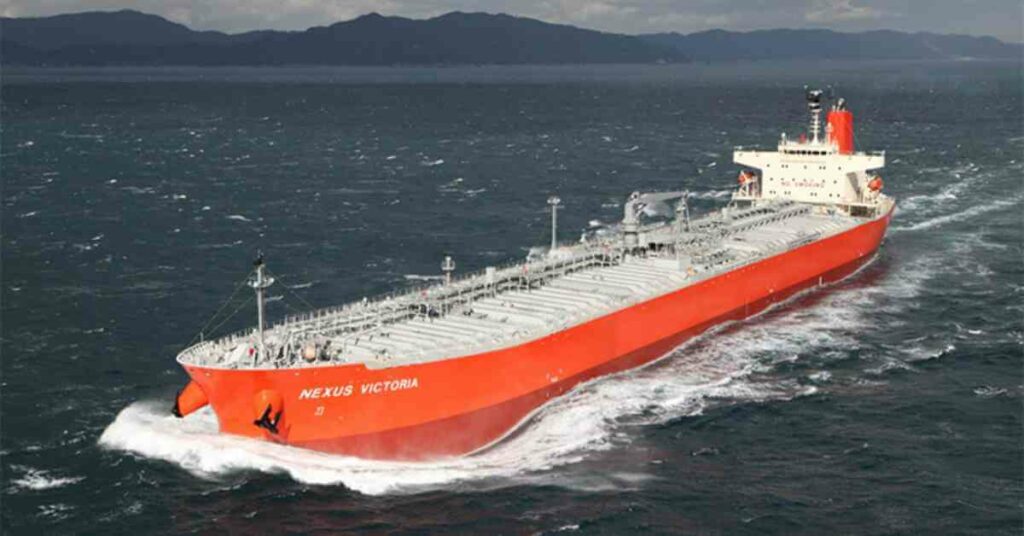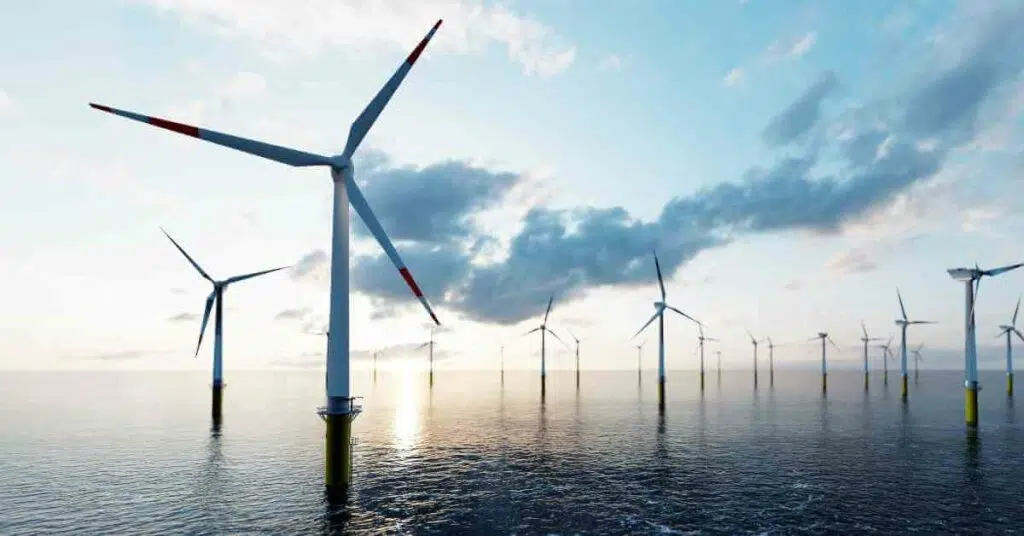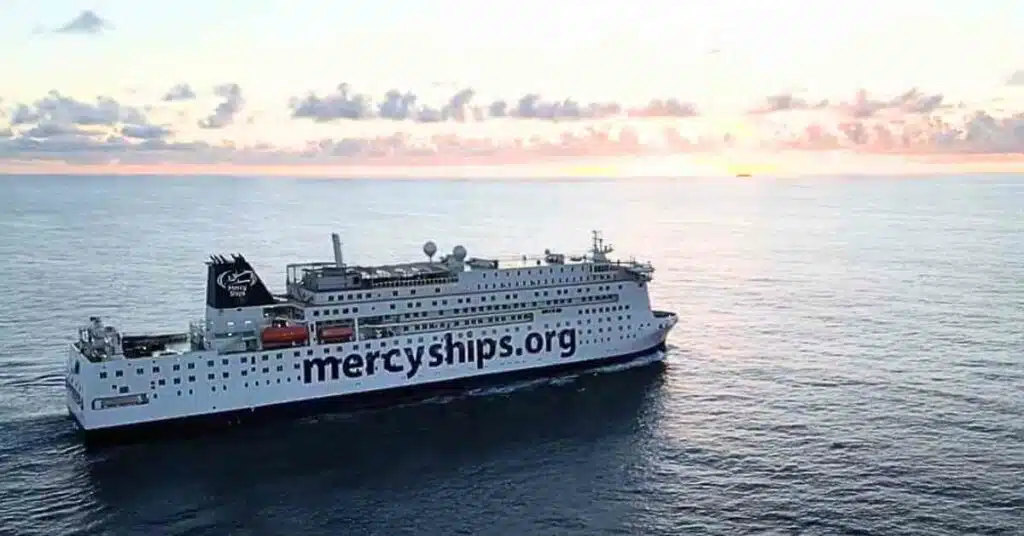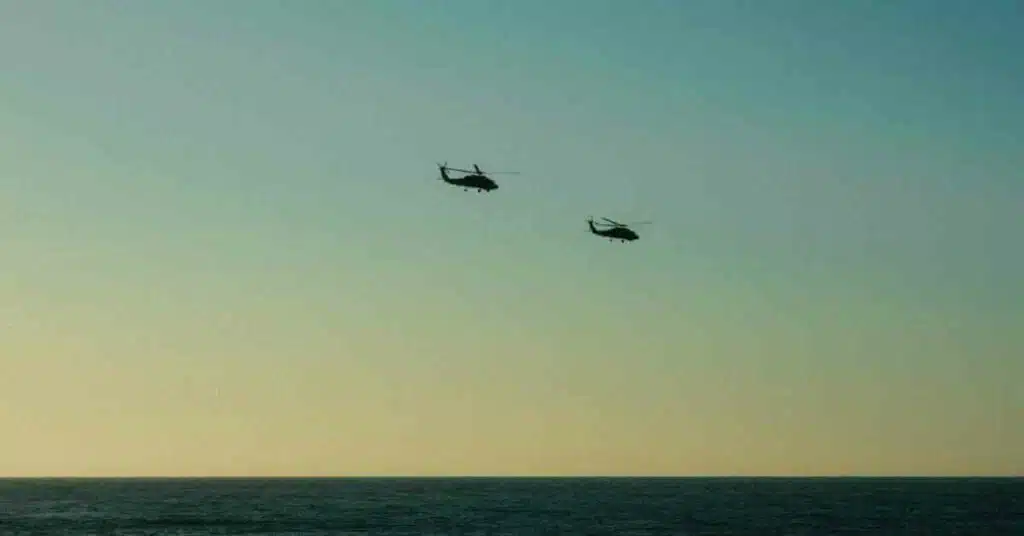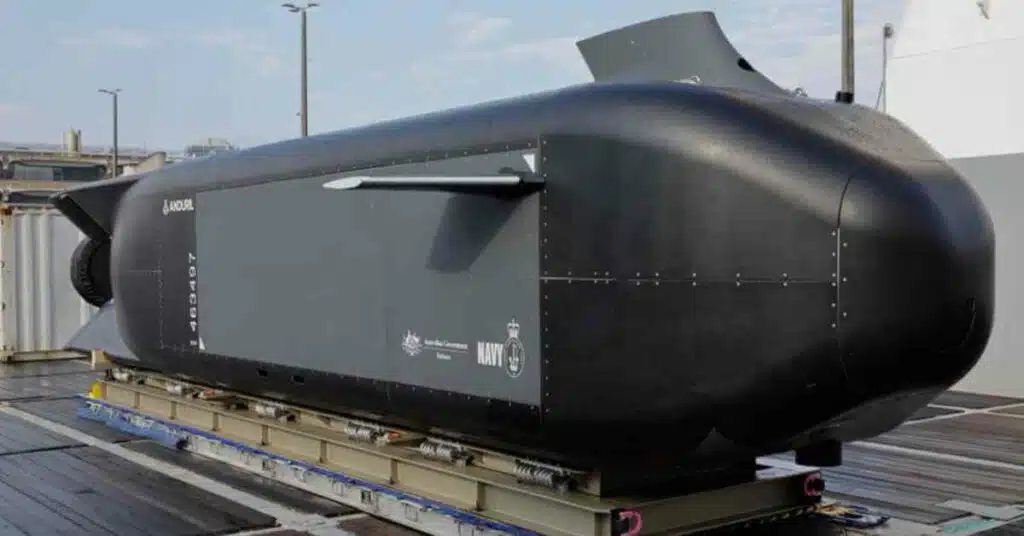Sanmar Shipyard Completes M/T Borgøy, World’s First LNG-Powered Tugboat
Sanmar has completed the first of two tugs for Norwegian customer Buksér og Berging, which each feature two Rolls-Royce Bergen C26:33L6PG engines fueled purely by liquefied natural gas (LNG).
The first boat, named Borgøy, will enter service next month following a series of sea trials. It will be operated by Norwegian state oil company Statoil at its Kårstø gas terminal.
Tugs are usually fuelled by marine diesel oil. However, this fuel produces a number of polluting emissions. The new vessels, Borgøy and Bokn, are designed by the Norwegian tug owner Buksér og Berging AS and built by the Turkish yard Sanmar. These are the first tugs to be fuelled by the much more environmentally friendly liquefied natural gas (LNG) to eliminate sulphur emissions, bring particulate matter emissions down close to zero and reduce the discharge of CO2 and NOx by 26 per cent and 80-90 per cent respectively.
Powering each of the new tugs is a pair of lean-burn gas engines from Rolls-Royce Bergen, with a combined output of 3410kW at 1,000 rev/min. These powerful gas engines are particularly robust, with a high degree of reliability and long intervals between overhaul. The lean-burn principle delivers high efficiency coupled with reduced exhaust emissions and low specific energy consumption. The engines are direct coupled to Rolls-Royce azimuthing Z-drives mounted aft in ASD configuration. The propellers have diameters of 3,000mm.
Gas engine technology is not new having been proven in both land-based and large ship installations but the two new 35m LNG fuelled terminal tugs are trailblazers in this sector of the marine market demanding a significant step-forward in technical know-how above that of the average tug building yard. Always at the forefront of innovation and technological advance, Sanmar now has a distinct lead on all other specialist tug building yards in the search for more eco-friendly and economic tug operation.
The systems have had to meet the International Code of Safety for Gas Fuelled ships and the DNV Classification Society rules. These involve such requirements as independent engine room spaces with ventilation of 30 air changes per hour, gas detection, automatic shutdown of gas supply and disconnection of electrical equipment, excess flow shutdown, ventilated double (sheathed) piping. Other special knowledge has been incorporated into the installation of the Aga Cryro AB 80m3 capacity double walled tank, cold boxes and gas heating systems.
The tugs are built to DNV Class including Fi-fi and oil recovery as well as escort notation. The tug has a length of 35 m, beam of 15 m and draft of 5.5 m with superior escort capabilities of 100 tonnes steering force at 1o knots. Static Bollard pull is 70 tonnes. The 2 tugs will operate at Statoils gas terminal at Kaarstoe in Norway. For the ancillary tasks, where close quarter manoeuvrability is required, the vessels are fitted with a Schottel 333kw bow thruster whilst the main towing winch, suppplied by Karmoy, has a brake load capacity of 250 tons. A Heila deck crane is also carried.
Onboard accommodation provides two single officer cabins and two twin berth crew cabins, galley, mess room – all to North European standard of comfort and quality including heated floors to all the sanitary spaces. Care has been taken to reduce sound levels throughout the accommodation areas and at 85 per cent engine load, just 65dB is recorded.
Reference & Image Credits: sanmar
Disclaimer :
The information contained in this website is for general information purposes only. While we endeavour to keep the information up to date and correct, we make no representations or warranties of any kind, express or implied, about the completeness, accuracy, reliability, suitability or availability with respect to the website or the information, products, services, or related graphics contained on the website for any purpose. Any reliance you place on such information is therefore strictly at your own risk.
In no event will we be liable for any loss or damage including without limitation, indirect or consequential loss or damage, or any loss or damage whatsoever arising from loss of data or profits arising out of, or in connection with, the use of this website.
Disclaimer :
The information contained in this website is for general information purposes only. While we endeavour to keep the information up to date and correct, we make no representations or warranties of any kind, express or implied, about the completeness, accuracy, reliability, suitability or availability with respect to the website or the information, products, services, or related graphics contained on the website for any purpose. Any reliance you place on such information is therefore strictly at your own risk.
Do you have info to share with us ? Suggest a correction
About Author
Marine Insight News Network is a premier source for up-to-date, comprehensive, and insightful coverage of the maritime industry. Dedicated to offering the latest news, trends, and analyses in shipping, marine technology, regulations, and global maritime affairs, Marine Insight News Network prides itself on delivering accurate, engaging, and relevant information.

About Author
Marine Insight News Network is a premier source for up-to-date, comprehensive, and insightful coverage of the maritime industry. Dedicated to offering the latest news, trends, and analyses in shipping, marine technology, regulations, and global maritime affairs, Marine Insight News Network prides itself on delivering accurate, engaging, and relevant information.
Latest Shipping News Articles You Would Like:
Subscribe To Our Newsletters
By subscribing, you agree to our Privacy Policy and may receive occasional deal communications; you can unsubscribe anytime.



